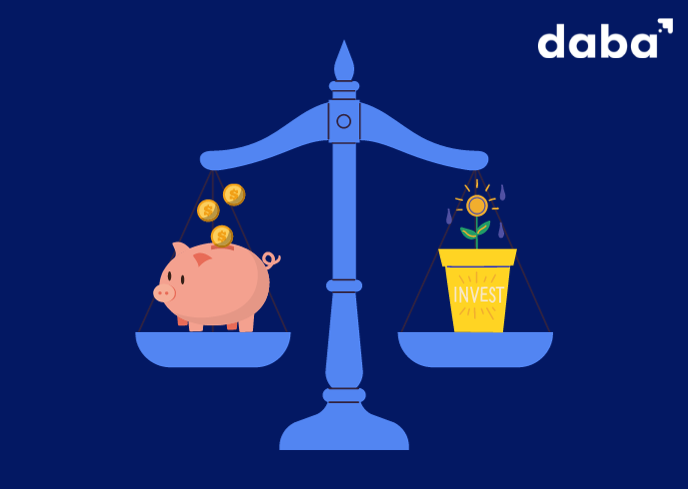Managing your money effectively is a crucial skill that can lead to financial stability and long-term success.
Whether you’re just starting your financial journey or looking to improve your money management skills, tracking your finances is the first step towards achieving your financial goals.
In this guide, we break down the importance of tracking your finances and provide tips to help you get started on the right track.
Why track your finances?
Awareness: Tracking your finances enables you to clearly understand where your money is coming from and where it’s going. It’s like creating a roadmap for your finances, which allows you to see the big picture and make informed decisions.
Imagine you spend $5 on a coffee every day before work. By tracking your expenses, you realize you’re spending $150 a month on coffee alone. This awareness might prompt you to cut back to a few times a week, saving around $90 monthly.
Budgeting: Creating a budget is an essential part of financial planning. By tracking your expenses, you can identify areas where you might be overspending and make necessary adjustments to reach your financial goals faster.
Debt management: Keeping track of your debts, such as credit cards or loans, helps you stay on top of payment deadlines and avoid unnecessary interest charges.
Savings and investments: Tracking your finances allows you to set aside money for savings and investments more effectively. It helps you understand how much you can save each month without compromising your essential expenses.
Getting started with tracking your finances
Gather financial information: Collect all your financial documents, including bank statements, credit card bills, utility bills, and any other sources of income or expenses.
Choose a Tracking Method: You can track your finances using various methods, such as:
- Pen and paper: Write down your income and expenses in a notebook or a simple spreadsheet.
- Mobile apps: There are numerous budgeting and expense-tracking apps available for smartphones that make the process easier.
- Online tools: Many online platforms, like Cowrywise, offer free tools to help you track your finances.
Categorize your income and expenses: Divide your income and expenses into categories to get a better understanding of your spending patterns. Common categories include housing, food, transportation, entertainment, and savings.
Record your transactions regularly: Consistency is key! Make it a habit to record your transactions daily or weekly. This ensures you have an up-to-date picture of your finances and avoids the stress of trying to remember expenses later.
Analyze your finances: Once you have enough data, review your spending patterns and identify areas where you can cut back or reallocate funds. This analysis will help you set realistic financial goals and make informed decisions about your money.
Getting it right
Life is full of surprises. Tracking your finances allows you to build an emergency fund. For example, when your car needs unexpected repairs, you can cover the costs without derailing your monthly budget.
Tracking your finances might seem intimidating at first, but the benefits it brings to your financial well-being are immense.
With a better understanding of where your money is going, you can make more informed decisions, create a budget, pay off debts, and save for the future.
Remember, consistency and determination are key to success. So, start tracking your finances today and take control of your financial future!





